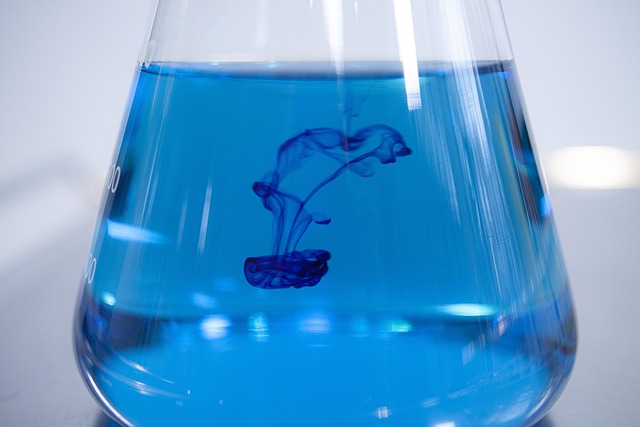Introduction
NP-40, also known by its chemical identifier CAS: 9016-45-9, is a nonionic surfactant widely used in industrial, laboratory, and biochemical settings. It is a nonylphenol ethoxylate composed of nonylphenol reacted with ethylene oxide, forming a compound with strong emulsifying, wetting, and dispersing properties.
Chemical Composition and Structure
– Chemical Name: Nonylphenol ethoxylate
– CAS Number: 9016-45-9
– General Formula: C₉H₁₉C₆H₄(OCH₂CH₂)nOH (where *n* represents the average number of ethylene oxide units, typically between 9 and 10)
The amphiphilic nature of NP-40 allows it to interact with both hydrophobic and hydrophilic molecules, making it highly effective in breaking down lipid membranes and solubilizing oils and other nonpolar substances.
Common Applications
1. Laboratory and Biochemical Use
– NP-40 is widely employed as a lysis buffer component in molecular biology and biochemistry. It is used to disrupt cellular membranes to extract proteins, DNA, and RNA.
– It aids in protein solubilization and helps maintain the stability of protein complexes during electrophoresis and immunoprecipitation procedures.
2. Industrial Cleaning and Degreasing
– Due to its powerful emulsifying properties, NP-40 is a key ingredient in degreasers and industrial cleaning agents. It efficiently lifts oils, greases, and particulates from surfaces in manufacturing and maintenance settings.
3. Textile and Leather Processing
– NP-40 functions as a wetting agent and detergent in textile and leather processing, helping to improve the penetration of dyes and chemicals during treatment stages.
4. Paints and Coatings
– In the production of paints and coatings, NP-40 acts as a dispersant, stabilizing pigment particles and improving uniformity and application.
5. Pulp and Paper Industry
– It is used as a deinking agent and wetting agent in paper recycling and manufacturing, assisting in the separation of ink from fiber.
Safety and Handling
– Hazards: NP-40 is classified as harmful to aquatic life and may cause long-term adverse effects in aquatic environments. It is essential to manage and dispose of it responsibly.
– Personal Protective Equipment (PPE): When handling NP-40, appropriate PPE such as gloves, goggles, and protective clothing should be used to avoid skin and eye contact.
– Storage: Store in a cool, well-ventilated area away from heat and incompatible substances. Keep containers tightly closed when not in use.
Environmental Considerations
Nonylphenol ethoxylates, including NP-40, are under scrutiny in several regions due to their persistence in the environment and potential endocrine-disrupting effects. As a result, usage restrictions and alternative formulations are increasingly being explored.
Conclusion
NP-40 (CAS: 9016-45-9) is a versatile nonionic surfactant with broad applications in laboratory research and industrial sectors. While it offers significant functional benefits in areas like cleaning, biochemical analysis, and textile processing, responsible handling and awareness of its environmental impact are essential for sustainable usage.
City Chemical LLC is a top producer of chemicals like: NP-40 (CAS #: 9016-45-9).
Visit City Chemical at www.citychemical.com.

